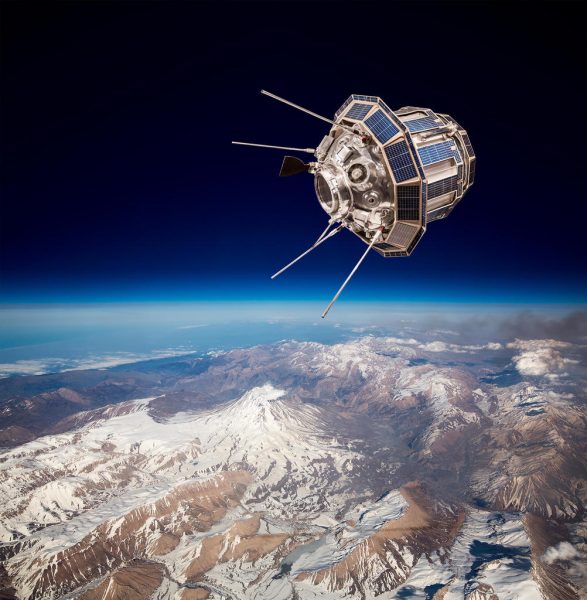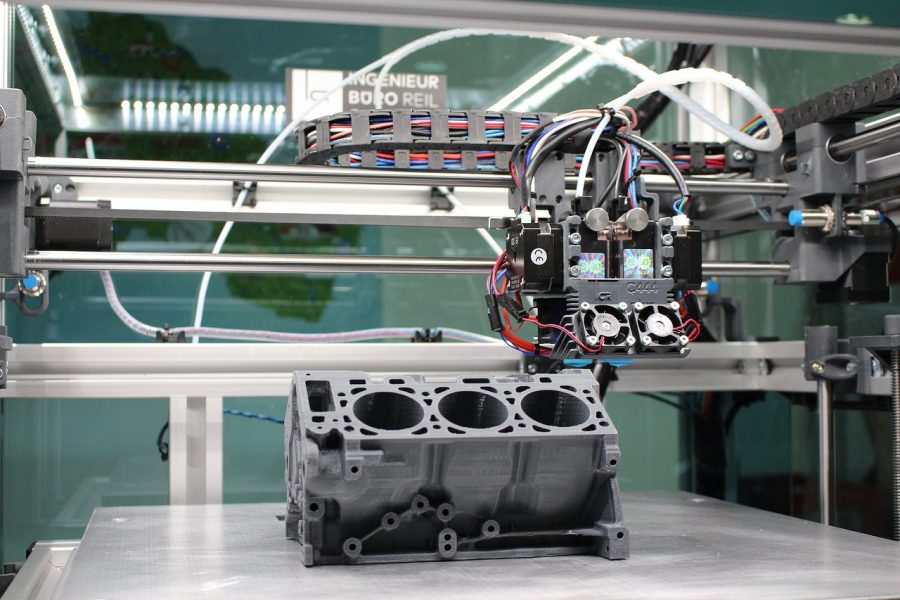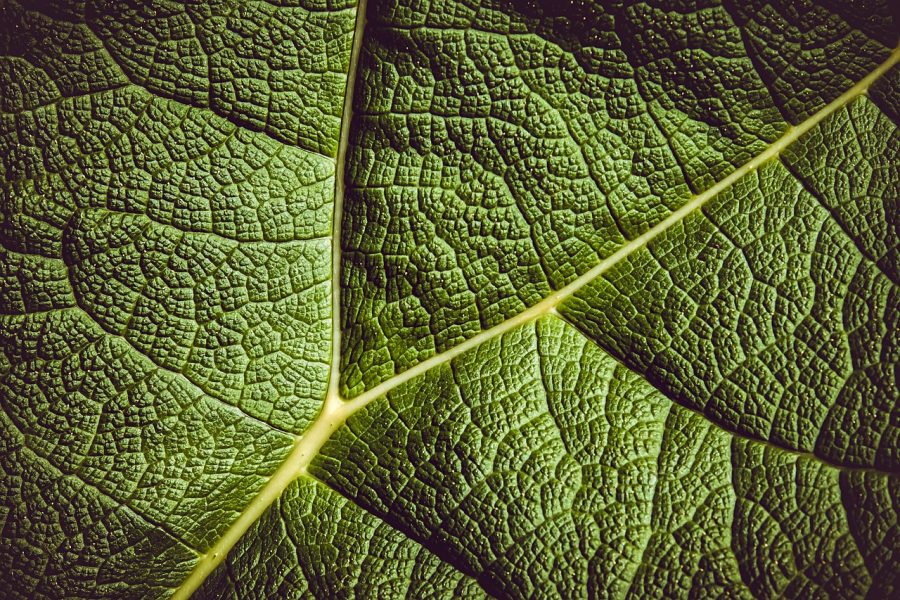A French team of scientists studied the effect of the atmospheric pressure plasma treatment on poly‐ether‐ether‐ketone (PEEK) surface in terms of wettability and practical adhesion towards metallic thin films as well as the evolution of the wettability of PEEK surfaces regarding the aging of plasma treatment.




![A Highly Efficient Method for Iodine Capture and Recovery [Video]](https://www.advancedsciencenews.com/wp-content/uploads/2018/08/adfm201801596_ASN_image_small.png)












